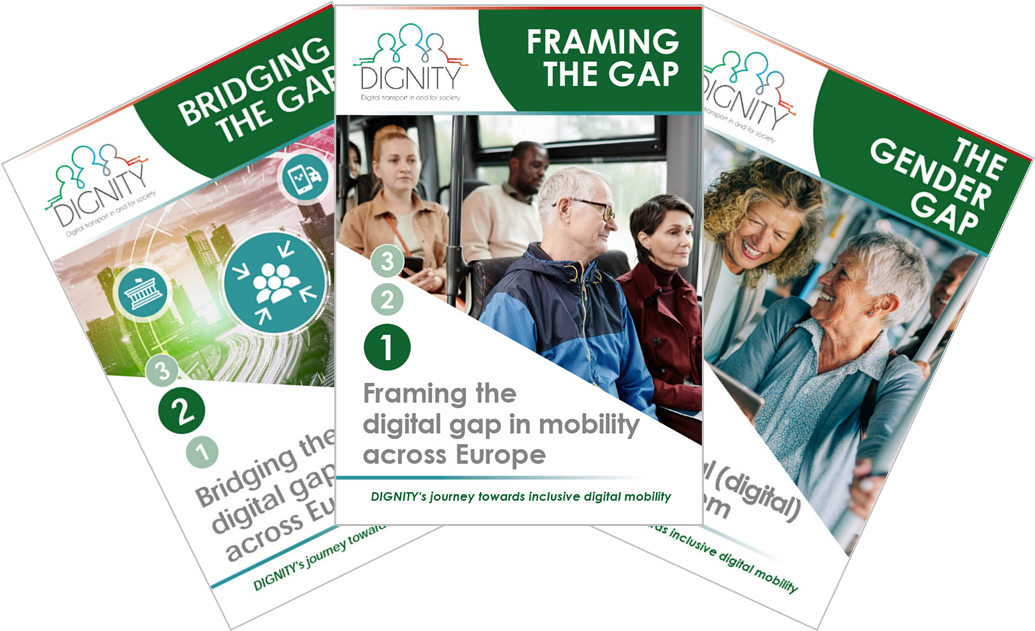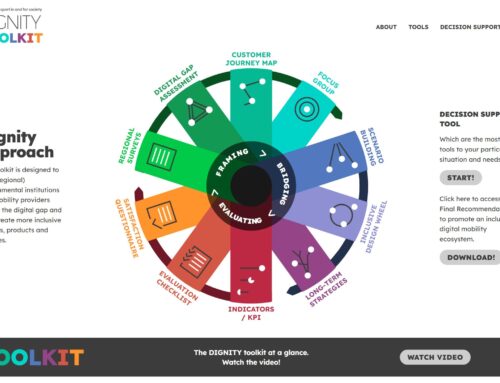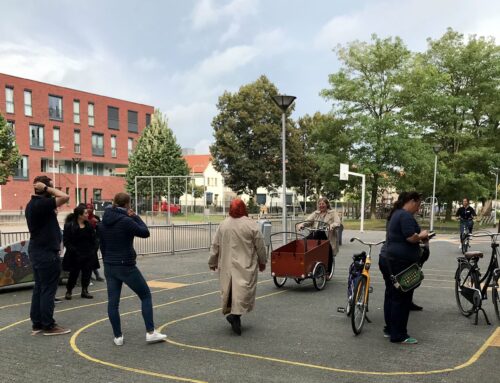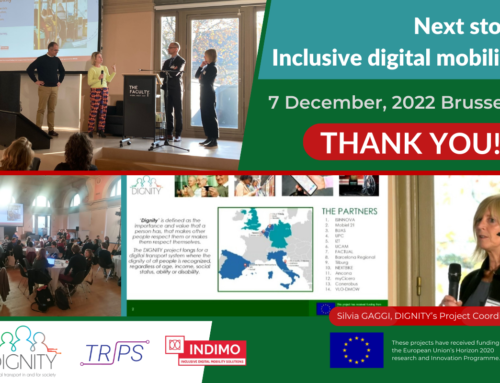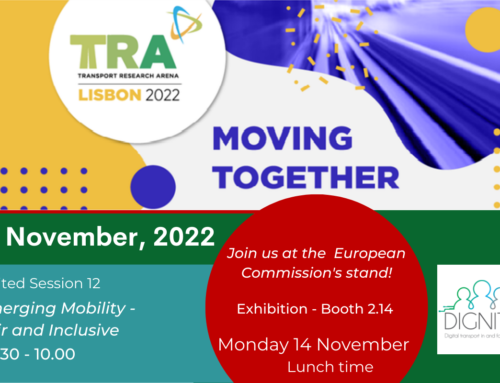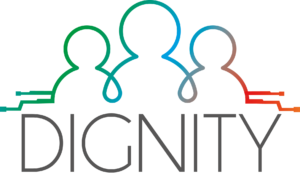Three explanatory publications narrating DIGNITY’s unique journey towards inclusive digital mobility have been edited and published (both digitally and as hard copies). These agile publications have been produced with the effort of providing an engaging reference guide to tell DIGNITY’s story, while delivering the framework, tools and approach recommendations to inspire local applications of DIGNITY’s methodology to frame, bridge and ‘close’ the digital gap in mobility.
Although these illustrated publications are aimed at being ‘catchy’ and accessible for the general public, they were produced with a particular focus on the ‘final’ target groups of the project, thus local/regional/national authorities wanting to address the digital divide in mobility in their areas, for whom DIGNITY’s findings and methods may be helpful and/or inspiring
The publications cover three thematic areas which correspond to DIGNITY’s main building blocks and POVs:
- Framing the Gap – Framing the digital gap in mobility across Europe
DIGNITY’s journey towards inclusive digital mobility begins with a new methodology to frame the gap in the use, provision and prioritisation of digital mobility services.
Framing the Gap provides a hands-on account about DIGNITY’s approach to investigating inclusive digital mobility by including all actors involved.
This practical guide will help replicate DIGNITY’s approach at local, regional and national level using the inspiring tools and methodologies developed during the project. - Bridging the Gap – Bridging the digital gap in mobility across Europe
DIGNITY’s journey towards inclusive digital mobility continues by connecting with digital mobility service providers and transport policymakers.
Bridging the Gap narrates DIGNITY’s approach in engaging digital mobility market players to adopt inclusive design and in empowering institutional systems with insights about future transport scenarios to foster successful mobility policies.
This hands-on-account will inform the development of userfriendly and inclusive digital mobility solutions and provide visions for the elaboration of long-term transport strategies, along with recommendations to cater for a fair and fulfilling digital transition in mobility.
- The Gender Gap – Building a gender neutral (digital) transport system
DIGNITY’s journey towards inclusive digital mobility has provided a valuable perspective on the gender dimension of the transportation system in place.
Taking into account previous studies and existing research on women’s vulnerability in travel and combining insights coming from DIGNITY’s own qualitative and quantitative research on the field, The Gender Gap sets out to question gender as the key factor
in determining women’s mobility poverty.
By focusing on women as an intersectional group, this publication shines a light on the complexity of gender barriers to mobility and their relation to other socio-demographic aspects, such as age and education levels.
Final recommendations on how to build a gender-neutral transport system point to how digitalisation may become an opportunity to create inclusion, rather than a source of exclusion.

